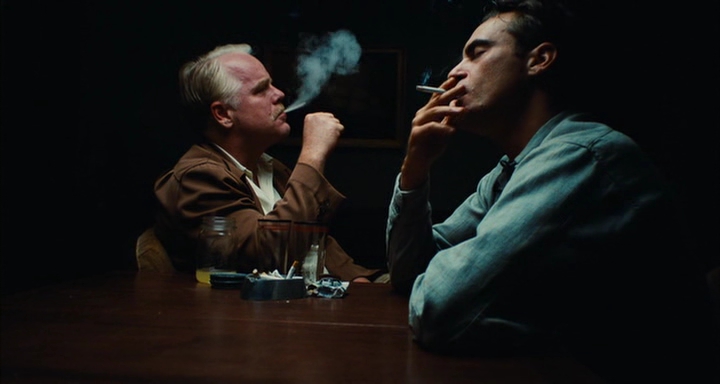
A great scene can do a lot for a movie. Even if the film itself is relatively unimpressive, a standout scene of great action, emotional drama or visual wonder can ensure that you never forget about that movie.
The 2010s have been brimming with many scenes that offer all of that and more. It does seem remarkable that in the age of CGI, so may directors still put such an importance on the tiniest of moments within their films, sometimes the most important scenes are not even essential to the plot or characters, but something about them deepens our appreciation for the film and elevates it even further.
At the same time, other filmmakers take those special effects and do something truly inventive with them to craft something never seen before on film.
Whether it be through a vital revelation, massive spectacle or just the beauty of a quiet detail, each scene here offered a unique and provocative input to the art of filmmaking.
25. Taxi Massacre in I Saw the Devil
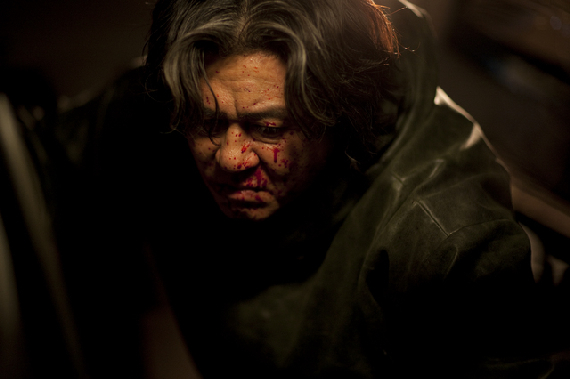
An explosive display of stylised and contained action stands as not only the best part of Ji-Woon Kim’s psychological horror, but also one of the best moments of sheer adrenaline and bloodshed of the entire decade so far. The film introduces NIS agent Kim Soo-hyun (Lee Byung-hun), who embarks on a quest of revenge after his fiancée is savagely murdered by a psychopathic serial killer, Jang Kyung-chul (Choi Min-sik).
Following their first confrontation, Kyung-chul is knocked unconscious, wakes up and flags down a taxi. During the ride, he notices that something is off and both he and the viewer quickly deduce that the two men in the taxi with him are thugs looking to rob and possibly kill him. The way that this sense of unease is reflected from the moment Kyung-chul steps into the taxi to the explosive reaction is masterful, tension is constantly increasing until the situation reaches boiling point.
When the scene does reach its moment of visceral release, it’s handled in such a fluid and kinetic way that it’s hard not just to marvel at what follows rather than be horrified by it.
As Kyung-chul brings forth a knife and begins to rip to two thugs to shreds, the camera encircles the confined cab, capturing the violent outburst from every angle. It’s shocking, frantic and disturbingly claustrophobic as by outlining the perimeters of the cab. Ji-Woon Kim’s direction only affirms that there is no escape for these two men, and no stopping the horror they have brought upon themselves.
24. The Final Scene in The Past
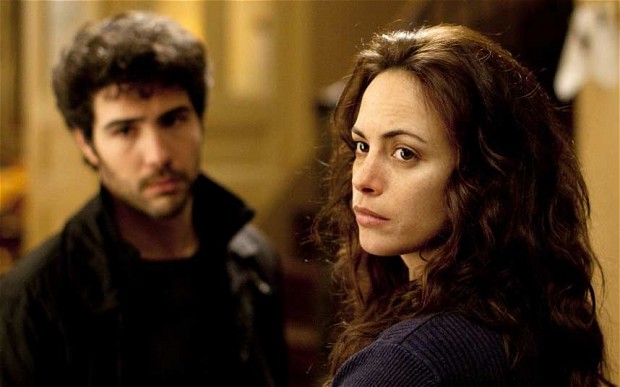
This is a trenchantly and honestly written French drama about separation, regret and consequences. The story concerns a man returning home to finalise the divorce procedures with his wife and discovers that she is already making preparations to marry another man who is in fact still married as well, but his wife is in a coma following a failed suicide attempt.
The human relations only get more complicated from there, but the underlying themes of the film are present in every plot point, no more so than a heart wrenching final scene.
Performed in a single long take, Tahar Rahim’s dry cleaner is visiting his wife in the hospital where she’s being kept alive on life support while in a coma brought about by a suicide attempt. He is wracked with guilt and sorrow and says farewell before trying to exit the room. However, he is drawn back, clings to her hand and begs her to squeeze his hand in response.
The subtle camera movements and gut wrenching performances all convey a sense of desperation and longing, but ultimately hope as the camera pans down to try and capture some tiny movement, but freezes. It’s an image that summarises the entire film and how the past can never be escaped, but is also worth clinging to.
23. Marcus’ Rap in Short Term 12
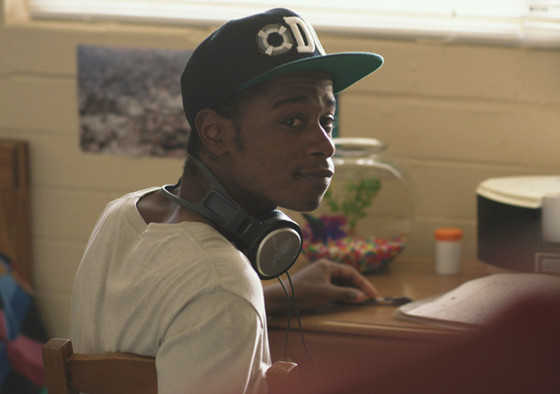
Conveying a character’s hidden emotions and feelings can be difficult, a writer risks coming across as clunky and preachy if they try too hard while at the same time if they are too subtle with it, they run the risk of no one else picking up on it. With such a delicate balance, it is difficult to leave any room to be genuinely innovative in how you present that, but every now and then you stumble across something like the Marcus Rap scene from Short Term 12.
In a film about a group home for troubled teenagers, there are numerous scenes of pain, trauma and hidden anger coming to fruition and one of those scenes involves Marcus, an teenager who aspires to be a rapper, conveys his emotions and troubled past to a councilor through one of his songs.
The lyrics are so brutally honest that the words become utterly engrossing, it paints such a clear picture of the teen’s tumultuous upbringing and the pain hidden within him, momentarily you almost forget that you’re still only in a small bedroom.
The camera also plays a big part in the scene, as it slowly focuses in on Marcus as he continues to recite the lyrics. It captures the intensity and passion behind this performance, the struggle and utter pain he is going through, brilliantly portrayed by Keith Stanfield. It’s a scene that will tear your heart out and leave you breathless afterwards.
22. The Dinner Table in Uncle Boonmee Who Can Recall His Past Lives
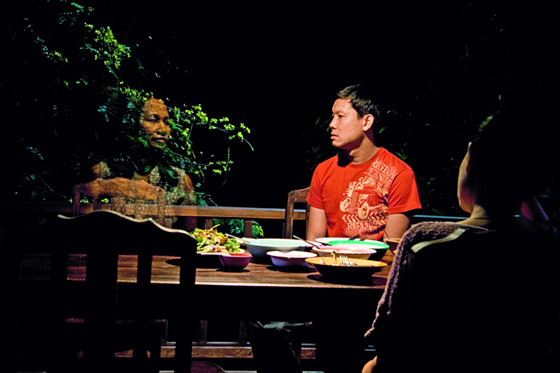
Sometimes a scene is so bizarre that you just have to sit back and admire its beauty. With all of the events leading up to it, you may not have paused to consider just how strange they are, but once said film gives you a moment to breathe and ponder, it hits you just how ridiculous the event is and you’re amazed at how you arrived here. Such a scene can be found in Uncle Boonmee Who Can Recall His Past Lives.
The film centres on the last days in the life of its title character. Together with his loved ones including the spirit of his dead wife and his lost son who has been reincarnated as a primal ape-man, Boonmee explores his past lives as he contemplates the reasons for his illness.
At one point these characters as well as a few others sit down for dinner and in the midst of all the deep thinking conversations and existential wanderings, this scene just works. There’s no easy way to explain why other than the fact that it is just so bizarre that you have to admire it.
21. The Grandson’s Brawl in Elena
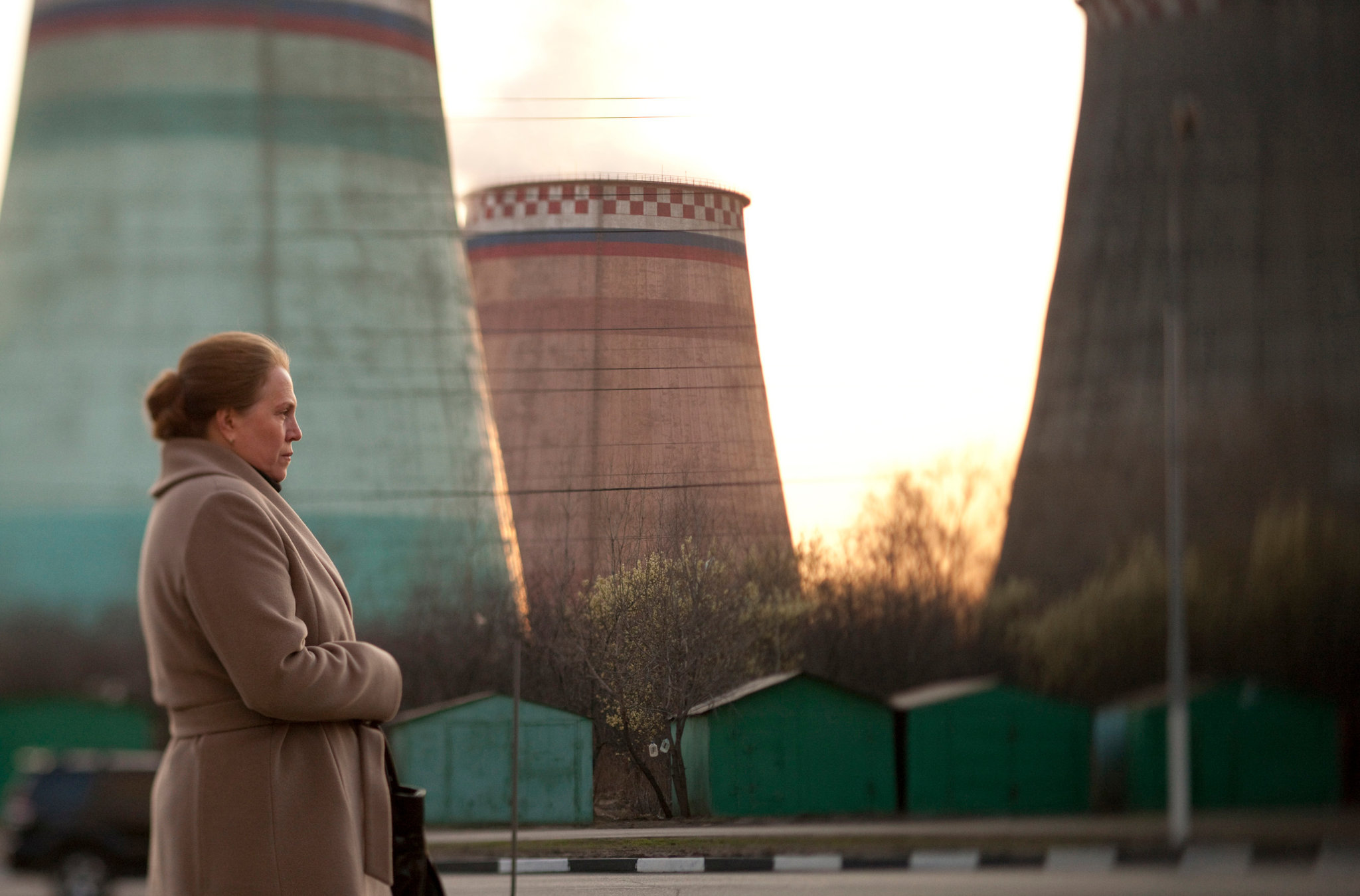
Andrey Zvyagintsev’s third feature film depicts the social and cultural distance between the inhabitants of an exclusive apartment in downtown Moscow and a crumbling khrushchevka in Moscow’s industrial suburb. At the centre of it is the title character Elena, a woman with a proletarian background who connects these disparate worlds.
Near the end of the film, having stooped to unforgivable lows in order to ensure that her grandson needs to get into college and when she returns to her son’s broken down apartment to deliver the good news, for one of the first times in the movie, the focus turns away from the protagonist and one glorious, unbroken tracking shot that follows the grandson as he joins his friends and he engages in a brawl with another group of young ruffians.
The fight is brutal and visceral but also beautifully composed, with the evening lighting, the ominous power stations towering behind them and the emotional weight that lies behind the brawl all contribute to the scene’s significance. Not only that, but with the older generations struggles to support their children. It’s hard not to be angry that this is the generation they are fighting for. It’s the perfect blend of social commentary and an intimate character moment.
20. The Rooftop Finale in The Act of Killing
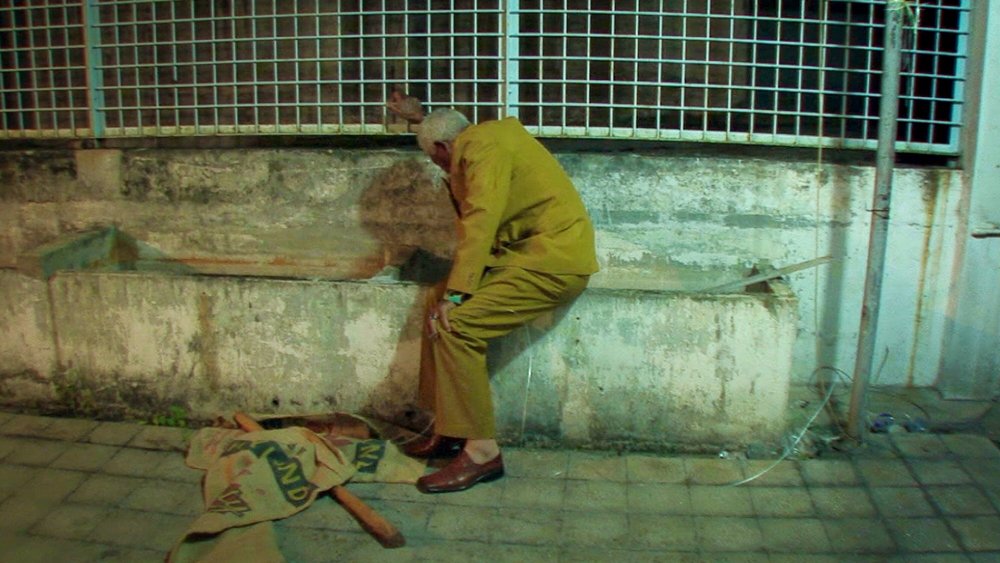
There are many haunting and horrifying scenes within Joshua Oppenheimer’s documentary about the individuals who participated in the Indonesian killings of 1965–66, but arguably it is the finale that carries the heaviest weight and ultimately speaks the loudest about the atrocities that were committed during the period.
The film not only details the present-day conditions of men who participated in the genocide of “communists” in Indonesia, but also has those killers re-enact their crimes in front of the camera in the style of their favourite gangster films.
In the film’s final scene, mass murderer Anwar Congo returns to a rooftop where he’d previously killed people and demonstrated the strangulation-by-wire techniques he’d used there on his victims with great pride and enthusiasm. By now though, he begins to express regret for his actions and wonders if he has indeed sinned by committing these atrocities.
He is suddenly overwhelmed by a gut revulsion that he cannot contain and retches repeatedly, almost as if he is attempting to expel the horrors from within him. The fact that it’s real only makes the scene infinitely more powerful. It’s a man who suddenly feels the need to rid himself of the ugliness that lies within his core, only to be unsuccessful. Even more frightening is what it says about the human condition itself, we are unable to escape our own evil.
19. Out of the Window in Ida
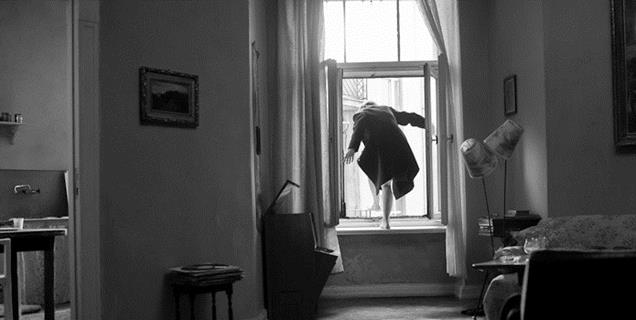
It is difficult to truly shock audiences anymore. You need to place your circumstances and scenario perfectly to the point at which the audience can’t guess when you are about to subvert it. The problem is that even that can be problematic as too often filmmakers try to draw emphasis to one particular moment and inadvertently reveal their intentions. So when a scene of such relative normality turns into a horrifying and simple reality.
When the aunt of the titular Ida, a strict Polish Communist official and judge, and essential half of what is basically a two-person drama with the niece she has only recently met, prepares to leave her apartment and goes about putting on her coat, stubbing a cigarette, the last thing we expect her to do is jump out of the window. For the most part, there isn’t anything about it other than how shocking and unexpected it is, but the way it’s staged and the quiet tranquillity of it only add the the end surprise.
18. Lawyer Up in The Social Network
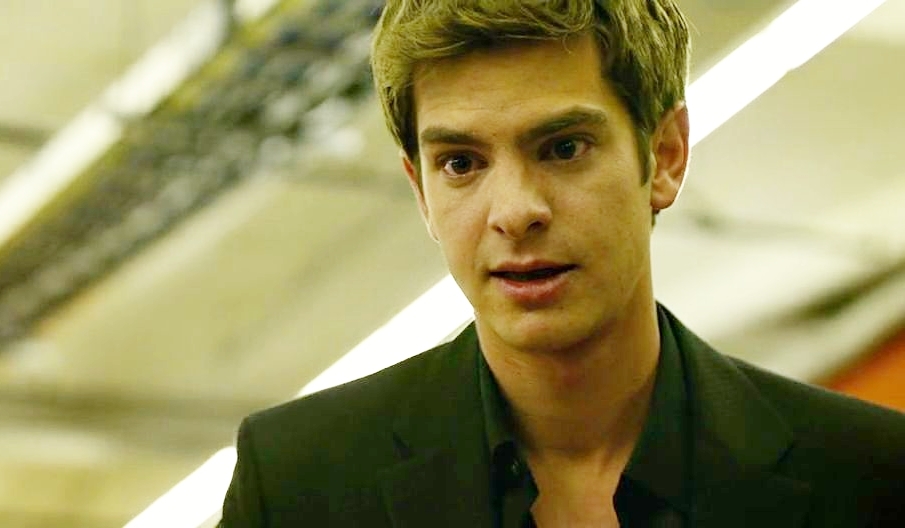
It is hard to pick a scene from The Social Network that stands as the best (the opening break up scene is fantastic), but if we had to choose, it would be a break up of a different kind, between two friends and business partners. Where the first scene introduces us to the major characters, this one asks us to take all of the accumulated knowledge of them that we have gathered throughout the film and deduce where precisely this scene is going.
It opens with Andrew Garfield being told something that audience has knowledge of but lacks detail in. We know that Garfield will eventually end up suing his friend, but this is where we uncover the extent of the betrayal. At first we don’t know what he is told, but we know that when his vision is instantly drawn to Zuckerberg and begins to walk over to him he means business.
The way that the scene is so brilliantly intercut with the courtroom drama is masterful, any unanswered questions from the event itself are immediately answered in the courtroom, which only makes the confrontation in Facebook HQ all the more painful.
Not only that but there is a certain satisfaction in seeing so many dots connected at once. Like Garfield, you begin to see the motivations behind Zuckerberg’s actions, but as an impartial viewer you have some shred of doubt that is ultimately left ambiguous. Was this a decision based on business or was it all a malicious game based on college popularity?
The anger behind Garfield’s performance and the despondence of Eisenberg only affirms that ambiguousness and Fincher’s pitch perfect direction gives you no clues to work from.